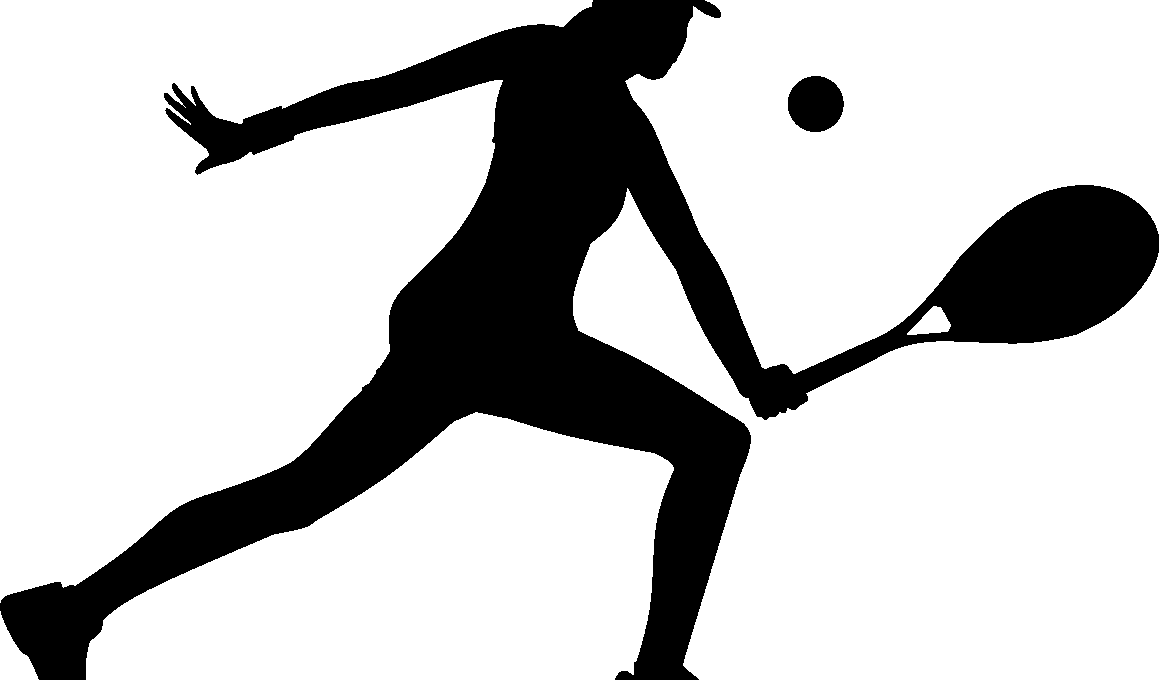Balance and Coordination in Tennis: Myths and Facts
Balance and coordination play critical roles in the game of tennis, impacting performance significantly. Many believe that these attributes are purely innate features, meant only for a select few athletes. However, this notion is widely misleading. Balance is not an unchanging trait; rather, it can be improved through targeted training and practice. Furthermore, coordination is a skill that can be developed over time, enhancing your overall game. Some common myths circulate within tennis circles, stating that specific drills are ineffective or unnecessary. In reality, these drills form the foundation of a strong skill set. Engaging in balance exercises, such as single-leg stands or balance boards, helps athletes achieve better stability on the court. Likewise, coordination drills, like using agility ladders, can enhance your precision during gameplay. To break through these misconceptions, players must seek evidence-based training programs that focus on cultivating these essential skills. By doing so, players will not only elevate their performance but also deepen their appreciation for the sport. Through an understanding of balance and coordination, those dedicated to tennis can unlock their potential.
The Importance of Balance
Having a solid balance ensures that players remain stable during explosive movements, such as serves, volleys, and groundstrokes. Many underestimate how crucial maintaining balance is to executing successful shots. When balance falters, not only does shot accuracy plummet, but the risk of injury significantly increases. For instance, an unbalanced player is more prone to falls, twists, or strains. To counteract this, incorporating balance exercises into your routine helps strengthen the muscles that support your movements on the court. Practicing yoga or pilates can also greatly enhance core stability, which aids balance. When players consistently practice these techniques, they see improvements not just in their physicality but also in their confidence levels. In addition, proper footwear and court positioning play essential roles in promoting better balance. Wearing appropriate shoes reduces slippage, helping you stay grounded. Employing these measures allows a player to perform movements with greater efficiency, leading to more successful outcomes in matches. Ultimately, mastering balance equips players with the necessary tools to dominate the court and perform at peak capacity.
Coordination is just as vital as balance, especially when engaging in the quick-paced exchanges that define competitive tennis. It involves the smooth execution of complex movements, combining various body parts seamlessly. Many believe coordination is solely about hand-eye function, failing to recognize the footwork and body positioning needed to make shots successfully. During rallies, players frequently underscore the importance of synchronizing their limbs while maintaining awareness of opponent movements. Hence, improving coordination can lead to better anticipatory skills and reaction times. To develop this skill, drills focusing on agility and timing can be invaluable. Incorporating ladder drills and lateral movements strengthens the connection between the mind and body. As a result, players naturally respond quicker during intense matches, allowing them to capitalize on their opponent’s weak returns. Moreover, focusing on coordination helps in crafting shots with precision and power. As players progress, they develop an intuitive understanding of the court and their own movements. Engaging in these practices can therefore refine the athlete’s gameplay, enhancing overall performance while reinforcing confidence on the court.
Common Myths About Coordination
Several myths surround the concept of coordination in the context of tennis. Some players mistakenly believe that coordination cannot be developed, but this simply isn’t true. Just as balance improves through targeted exercises, coordination can as well. Many also think that coordination training is a one-size-fits-all approach; this is misleading. Coordination training tailored to an individual’s skill set and needs proves to be far more effective. For example, an advanced player might benefit from complex drills that mimic real match scenarios, while beginners may find simpler movements more beneficial. Others argue that coordination work detracts from practicing actual match strategies, but in reality, it complements them beautifully. Improving coordination through specific training enhances execution during critical moments in a match. Moreover, it’s also essential to clarify that coordination includes fluidity and rhythm; mindless drills do not yield development. Players need to engage with intent, focus, and creativity in their training sessions to see substantial improvements. In dispelling these myths, athletes can focus on building well-rounded skills leading to success on the court.
Strength training constitutes a vital aspect that complements both balance and coordination in tennis. As players build muscle strength, their stability enhances, providing a stronger foundation for executing shots and movements. Many trainers emphasize that developing lower body strength is especially crucial for maintaining balance. Strong legs prevent awkward movements that might otherwise lead to falls or injuries. Simultaneously, conditioning programs that incorporate both strength and coordination are necessary for optimal performance. Dynamic stretching and exercises that target multiple muscle groups enhance coordination while simultaneously boosting strength. For instance, performing exercises like squats with rotation effectively challenges the core and integrates balance into strength training. Additionally, resistance bands and stability balls can further improve strength while forcing the body to maintain balance. Consequently, when players integrate these elements into their workouts, they create a balanced approach to training that strengthens the body overall. Thus, the combination of strength training, balance improvement, and coordination revitalizes their game, promoting longevity in the sport. Investing time and effort in smart training creates ripe opportunities for on-court success and minimizes injury risks.
How to Incorporate Drills
Incorporating drills to enhance balance and coordination into your training regimen requires a strategic approach. Players should start by identifying areas in their game where balance or coordination could improve. Once recognized, implementing specific drills becomes the next critical step. For balance, players might consider basic exercises like standing on one foot or utilizing tools like balance pillows. Indeed, these techniques increase stability and body awareness. On the other hand, coordination drills can include agility ladders and cone drills, which simulate game situations. Players must consistently integrate these exercises into their routines, ideally dedicating specific training days to focus solely on balance and coordination. Progress tracking is also advisable; monitoring improvements encourages continued practice and dedication. Furthermore, mixing these drills within regular tennis practice helps reinforce skills learned in a more dynamic environment. Coaches and experienced players can provide additional guidance, ensuring drills are not just repetitive but also engaging and challenging. Gradually increasing the difficulty of drills can further enhance skill acquisition, pushing players to reach new heights. This structured incorporation yields noticeable long-term benefits.
In conclusion, balance and coordination are fundamental components in achieving excellence on the tennis court. Despite persistent myths, both attributes are trainable, allowing all players to enhance their game through dedicated practice. Recognizing the importance of balance leads to improved stability and shot execution, while a strong coordination foundation enhances overall effectiveness in movements. The misconceptions surrounding these attributes should inspire players to seek effective training methodologies, validating the significance of each. Through targeted drills and exercises focused on developing these skills, players cultivate the ability to perform better, fight off injuries, and carry out strategies efficiently. Moreover, combining strength training, balance, and coordination creates a comprehensive training strategy for long-term success in tennis. As you reflect on your own game, consider ways to incorporate these insights into your practice regimen moving forward. Embracing this approach fosters an appreciation for the intricacies of the sport, celebrating the gradual evolution of your skills. Ultimately, letting these elements guide your training will not only elevate your gameplay but also enrich your overall experience on the court.
Utilizing technology can offer crucial insights into improving balance and coordination for tennis players. Advanced fitness gadgets and software provide data that helps players track their progress in specific drills and movements. For instance, wearable devices can monitor physical performance, helping players understand their strengths and weaknesses in balancing and coordination. These insights facilitate more informed decision-making regarding training methods. Furthermore, video analysis plays an indispensable role in assessing a player’s mechanics during practice. By reviewing footage, players can identify areas for improvement and refine their techniques accordingly. Engaging with sports scientists and coaches who utilize these technologies ensures players receive tailored feedback, maximizing the effectiveness of training sessions. Additionally, online resources and specialized apps can introduce drills and exercises to improve these essential skills. Augmenting traditional methods with modern technology empowers players in their quest for improvement. By embracing innovation in training, tennis athletes can develop sharper focus, enhanced body awareness, and quicker reactions on the court. This deliberate integration of technology fosters personal accountability and development, ultimately leading to newfound excellence in tennis.





